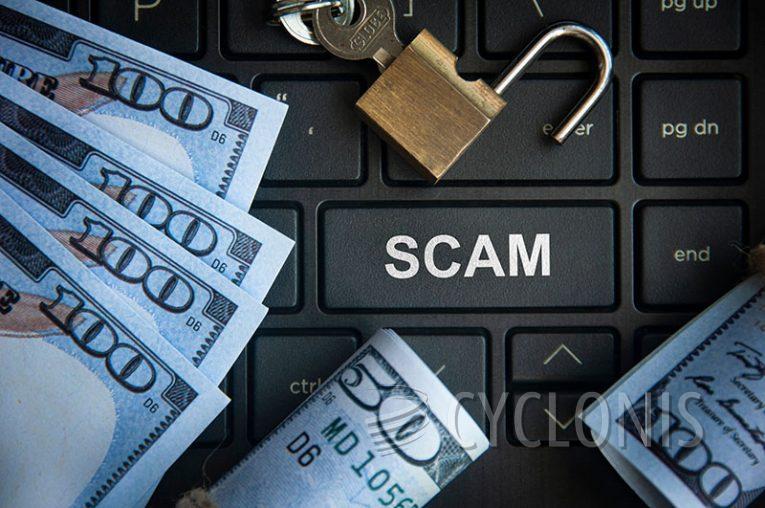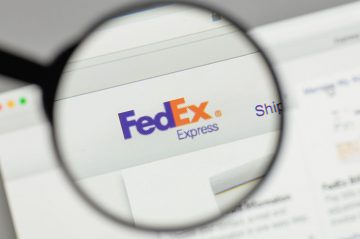Funds For Transfer Email Scam

After examining this deceptive email, it is evident that its primary aim is to trick unsuspecting recipients into revealing personal information or sending money to fraudsters. The email is cleverly disguised as a message related to the release of an inheritance. Recipients should avoid responding to this fraudulent email.
Within this deceitful email, the sender, who identifies as Jim Lawson, addresses the recipient as a beneficiary. The email purports to be a follow-up to prior communications that supposedly received no response.
It discusses issues regarding the release of the recipient's inheritance, lottery winnings, contract payment, or other financial assets. It claims that certain officials are hindering the transfer process and extorting money from the recipient. The email asserts that the United Nations Fund Monitoring Unit has now granted approval for releasing the funds.
It promises that the funds, totaling $25 million, will be delivered through a MasterCard ATM, which can be used at ATMs and banks worldwide. The message also urges the recipient to discontinue any further communication with other parties regarding the payment and provides instructions to contact a correspondent officer, Mr. Lee Wing, through the provided email address for further guidance.
The recipient is requested to furnish personal information to facilitate the delivery of the ATM card, with the email suggesting that a $200 discount on the delivery fee is available if paid within a specified timeframe.
The objective of this scam email is to deceive the recipient into believing they are entitled to a substantial sum of money, often described as an inheritance, lottery winnings, or contract payment. The scammers intend to entice the recipient into providing personal information and, ultimately, money for fictitious fees.
How Can You Recognize a Scam Email?
Recognizing a scam email is crucial for protecting yourself from various online frauds and phishing attempts. Here are key signs to help you identify a scam email:
- Sender's Email Address: Check the sender's email address. Scammers often use email addresses that resemble legitimate sources but have slight variations or misspellings.
- Unsolicited Emails: Be cautious of emails you didn't expect or didn't sign up for. Many scam emails are unsolicited.
- Urgent or Threatening Language: Scammers may create a sense of urgency, fear, or pressure to make you act quickly without thinking.
- Spelling and Grammar Errors: Look for mistakes in spelling and grammar. Legitimate organizations usually maintain professional communication.
- Generic Greetings: Scam emails often use generic greetings like "Dear Customer" instead of addressing you by name.
- Too Good to Be True Offers: Be skeptical of emails promising unbelievable deals, prizes, or opportunities. If it sounds too good to be true, it probably is.
- Requests for Personal Information: Be cautious of emails asking for personal or financial information. Legitimate organizations typically don't request such information via email.
- Suspicious Links: Hover your mouse over links to see the actual URL before clicking. If the link doesn't match the sender or seems odd, don't click it.
- Attachments from Unknown Sources: Do not open attachments from unknown senders, as they may contain malware.








